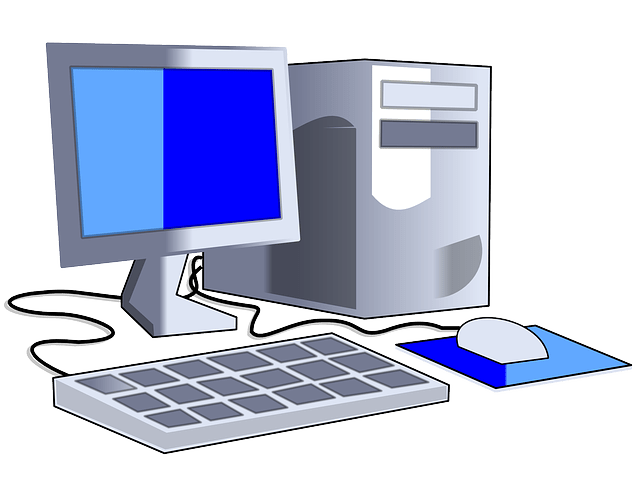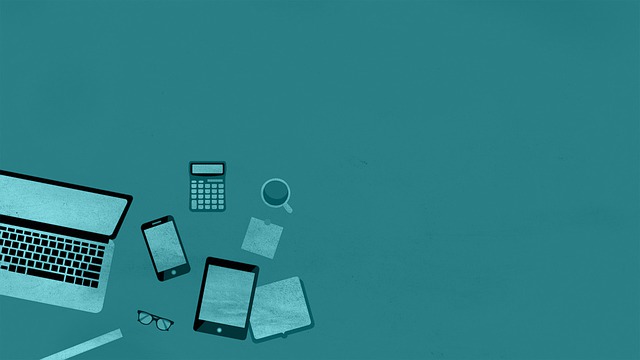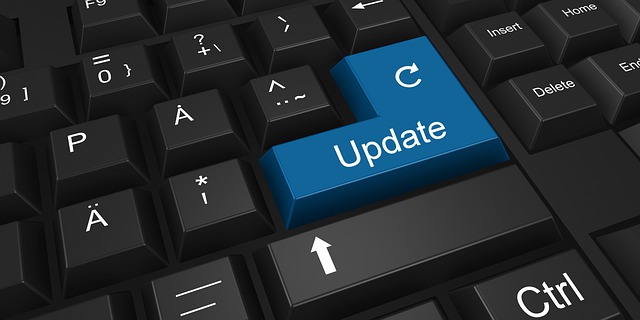Tech solutions in health care are getting the spotlight these days. Propelled by the sudden changes that the pandemic brought forth, the various quickly developed solutions were aimed to address a wide scope of old and entirely new problems within the industry.
In terms of advantages, the benefits that modern technology brings to healthcare are common for a number of other fields: optimizing workflows, simpler updating and accessibility of patient care protocols, and easier time and staff management.
However, developing new tech solutions can also bring increased complexity with it. Now, this is by no means an a priori disadvantage, but managing an increased number of devices, and their necessary integrations, is something that requires attention. And if the solutions are related to the care process itself, both service providers and on-site specialists need in-depth clinical knowledge to make it happen.
Today we’ll take a look at five tech solutions that aid employee management.
Key questions about tech implementation in healthcare
Before we take the deep dive into employee management technology, let’s consider the key questions about its implementation in healthcare.
First and foremost, which core business challenges in healthcare are we aiming to improve using technology? How have these changed in time; are they completely new pain points, or have they been addressed before, but with little or no success?
Next: among those, what are your priorities and possible inter-connections?
Once you have the answers to these questions, you will have a better understanding of which type of tool you need to bring in, and why. After the tools are chosen, there’s another set of questions that follows.
Can you clearly identify potential roadblocks and implementation challenges your facility is going to face? When you implement new tech tools into your workflow, how are you going to measure their value and impact? Will you be able to determine both their immediate, tangible and actionable benefits, as well as intangible, long-term benefits?
Finally, if your new tools are bringing benefits for your patients as well, streamlining and simplifying their experience and access to healthcare, can a transparent and improved use of technology be the driver for increasing trust in healthcare once again (particularly in our post-Covid world)?
Improving employee management – 5 key areas and tech solutions
Yes – we faced a pandemic during the last two years. It was terrifying at times, and healthcare shouldered the brunt of it (and still does, wave after wave and strain after strain). However, the world could not and did not stop turning, and some parts of our lives had to keep going, no matter the level of adjustment needed.
As things mellowed down, opportunities presented themselves – not only for keeping the boat afloat but for growth inspired by the pandemic adaptations. As the time comes to start thinking about how you can grow your practice, it’s also time to see how we can use what we learned through the ‘new normal’ to push the growth forward.
One way of doing so is dedicated technology. The workarounds created during the initial hit of the pandemic are being transferred into the post-Covid context, polished and applied to normal work situations. Tech now provides solutions that are readily available, or tailor-made, and – when talking about healthcare – these can address both patient management and provide staff management improvements!
1. Apps of many sorts
There are tons of apps out there that can make your life easier on a daily basis. We’re all well aware that every business – and managing a healthcare facility is no exception – comes with a number of tasks and duties that no one likes, but need to be done.
If we’re talking about healthcare specifically, improving patient experience can prove to be a benefit driver for all the stakeholders. Not only do you get satisfied, returning clients; a well-thought-out implementation of technology will also take a big load off your staff, freeing them to put their focus where it’s needed more.
Modern apps can help your waiting room management. This is a challenge while we’re still facing increased caution for social gatherings, and patients are reluctant to spend time with a number of people. Better waiting room management leads directly to reduces waiting times, which leaves patients happier and improves your patient flow.
Technology can also help with receptionist duties. Now is the perfect time to ditch the desktop paper calendar, and begin using software for your patient flow. Not only will this be available off-site as well, it will streamline receptionist-specialist communication, and with a clever choice of integrations it can also help in facility-patient communication.
This leads us to the next type of software that can be used to great advantage: reminder integrations and apps. These can be manually generated by your administration staff or generated by the app itself. With most of these solutions, you can also choose the channel you’d like to use to get to your patients: email, SMS, etc. If cleverly integrated with EHR, patient reminders can become a breeze.
For providing extra information, chatbots are the perfect solution. Let’s be honest: a huge chunk of your incoming calls come with the same or similar questions. This means your staff is stuck answering the same queries over and over again; in a world that’s tech-powered, where remote work is feasible regardless of the industry, it makes sense to enable your patients to access simple information without the need to (repeatedly) dial your practice’s number.
And once you free your staff of these everyday duties, you can use technology to help with staff management as well. With staff free to focus their attention on what they do best, it’s time to get started with scheduling software for healthcare. Easier access to shifts and being able to communicate and change them in real-time can be a real benefit driver for the well-being of your staff – and we all know that your managerial focus should be equally divided between your clientele and your personnel.
2. Telehealth and virtual healthcare
Telehealth took a really big forward leap during the pandemic. With lockdowns and stay-at-home orders, patients faced a real challenge accessing basic healthcare services. Not only that: those with chronic problems were reluctant to resume their physician visits even after bans were lifted, for fear of contracting the virus in a full waiting room, in public transport, or any other similar reason.
Telehealth – and especially virtual healthcare – has proven to be time-saving for both the patient and the service provider. It rids the patient of the need to physically get to your facility, and it reduces patient flow management issues for you and your staff. Over-simplified, it has the benefits of making house calls, but without the risks and the time restraints of travel.
Naturally, there’s a limit as to which types of interventions you can do via telehealth. However, if it helps streamline your waiting room management, limits risks of viral exposure, and provides a safe and pleasant experience for your clients, it’s well worth looking into.
3. Internal communication systems
Staff management can be challenging in itself, but a lot of it can be made easier by streamlining communication. From a supervisor’s point of view, easier staff communication primarily takes away the need to micromanage staff; leaving a written trace of the comms also streamlines operations.
Better staff communication in a healthcare facility can streamline shift transfer protocols, as well as any other kind of info dissemination that does not require meetings. This is especially true in these ‘dynamic’ times when it’s easy to lose staff in a matter of hours due to positive Covid tests.
The best way to go about these changes is to firstly identify the communication challenges you’re facing, and prioritize addressing them in a feasible manner. After you figure out which ones need your immediate attention, it’s time to see how tech can help. Most likely there is a number of areas in intra-hospital communication that could be improved – talk to your staff and mid-level management to get the best insight.
4. HCM solutions for modern healthcare HR
It’s time to turn our attention to staff that is not immediately in charge of providing health care. The primary focus of upgrading workflows – and one of the most challenged departments during the pandemic – is Human Resources.
When managing shift coverage, it can be difficult to match openings with skill levels. This can be made much easier with dedicated software, especially if you’re relying on outside talent as well. Keeping track of employee skills, certifications and licenses should migrate from pen and paper to a digital environment, making it both easier and quicker to access the required information and work with it.
Another area where healthcare HR can benefit from digitization is updating and partly automation recruitment. There is a wide array of possibilities for automating the recruitment process, postponing the moment when actual human attention is needed.
Finally, one of HR’s duties is payroll management. Not only are apps widely available for digitizing payroll, but they can also be integrated easily with various staff/shift management software to require less grunt work from HR personnel.
5. Stock and maintenance management
Finally, regardless of the size of a healthcare facility, there is always a need to manage the logistics. Be it medical provisions, technical requirements, or simple maintenance tasks, your facility needs to run smoothly – and that’s a matter of great importance.
Tech-powered solutions can help to optimize and improve keeping track of stock levels and facility maintenance requirements and schedules. Taking hints from factory and plant management, CMMS solutions can be a great aid in simplifying logistics.
Better maintenance management will inevitably lead to less communication clutter, less chance of tasks or outcomes getting lost, and will provide a centralized management point – which removes the need for micromanaging, saving both time and stress levels. On top of that, modern hospital maintenance apps are easily accessible across the full hierarchy and can put out automated reports, which, again, saves time.
Where else within healthcare is technology the primary driver of progress?
Having discussed employee management across the board, it’s time to wrap up by looking at where else can tech be beneficial in providing better healthcare service. Which other areas can tech help improve, especially post-Covid? Not only that but can healthcare take hints from any other industries’ best practices?
Using social media to get to your client base quickly is practically a must these days. This can be a great tool for info dissemination for patients and stakeholders: think real-time protocol updates, working hours changes, and the like. We’re seeing how things are changing almost hour-to-hour; it makes sense to use a channel that’s widely available and widely used.
Another major advantage of using social media is marketing. Advanced marketing tactics such as tailored audiences and optimized ads can not only help in what we mentioned above but can also be the driver of establishing your authority in both your geographic area and your area of expertise. Providing value to your audience has been proven to work, so it makes sense to apply this lesson to your growth as well.
About Brandon Hulme
Brandon Hulme is a Product Management Lead at Deputy, an all-in-one workforce management solution that simplifies employee scheduling, timesheets, tasking, and communication.
Source: https://hitconsultant.net/2022/02/01/5-tech-solutions-for-employee-management/


